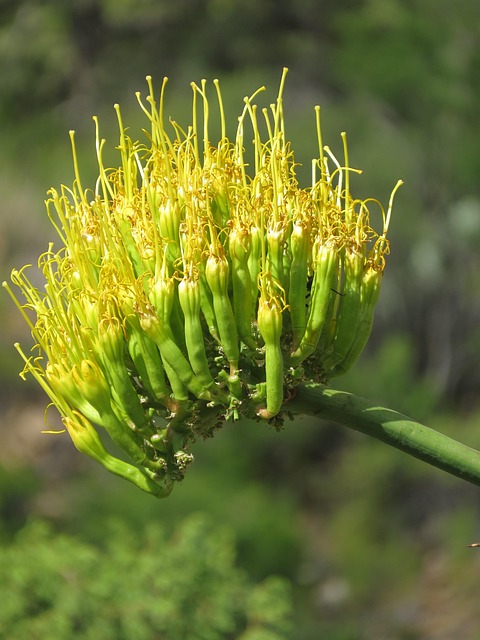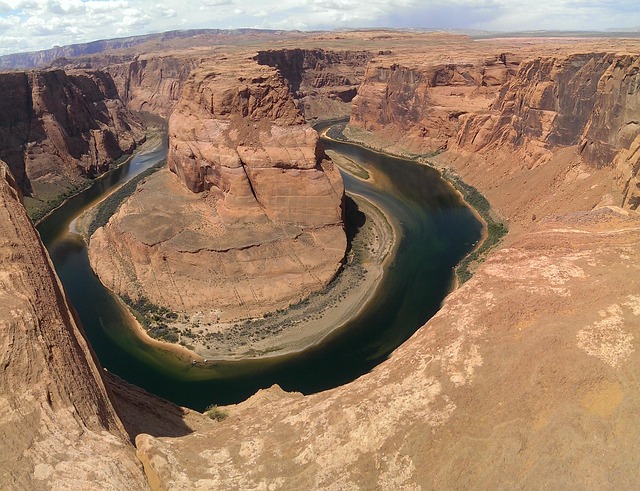Desert crossroads, historically vital for trade, have evolved into dynamic real estate hubs blending heritage with modern amenities. Their strategic significance, cultural exchange fostering, and economic growth driving, makes them powerful tools for community revitalization through historic preservation. These sites offer sustainable future potential as smart city hubs, integrating technology and eco-friendly practices to enrich communities while preserving desert ecosystems.
Desert crossroads, once bustling with ancient trade, now stand as historic landmarks evolving into modern real estate hubs. This article delves into the transformative journey of these unique locations, exploring their significant past and future prospects. From ancient civilizations to contemporary developments, we uncover how preserving historical value can revitalize desert communities and shape sustainable urban landscapes. Discover the intersection of history, culture, and cutting-edge initiatives redefining the future of desert crossroads in the context of real estate.
The Evolution of Desert Crossroads: From Ancient Trade Routes to Modern Real Estate Hubs

Desert crossroads, once bustling with caravans and travelers, have evolved into vibrant hubs of activity. Historically significant as ancient trade routes connecting diverse civilizations, these intersections facilitated cultural exchange and economic prosperity. Goods, ideas, and people moved across vast distances, shaping the fabric of societies both past and present.
Over time, these historic crossroads have transformed into modern real estate gems. Today, they stand as testament to human adaptability and entrepreneurial spirit. New developments, while respecting the area’s rich heritage, offer contemporary amenities and lifestyles that attract residents and businesses alike. The evolution from ancient trade posts to thriving real estate centers highlights the enduring appeal of strategic locations and their ability to adapt to changing times.
Historic Preservation and Its Role in Revitalizing Desert Communities

Desert crossroads, with their rich historical narratives, often hold the key to revitalizing local communities through historic preservation. By preserving and interpreting these significant sites, communities can attract tourists interested in authentic cultural experiences, fostering economic growth. This process involves careful restoration of historical buildings, infrastructure, and landscapes, all while ensuring the area’s unique character is maintained.
Historic preservation in desert real estate not only preserves the past but also offers a sustainable future. It encourages local businesses to thrive by creating a vibrant atmosphere that attracts residents and visitors alike. Moreover, it fosters a sense of community pride, empowers locals to take ownership of their history, and ensures that the region’s cultural heritage is passed down for generations to come.
Exploring the Future of Desert Crossroads: Smart City Initiatives and Sustainable Development

Desert crossroads, with their rich historical tapestry, are not just monuments of the past but potential game-changers for the future. As cities evolve and the world embraces smart city initiatives, these once-neglected intersections can transform into vibrant hubs of innovation and sustainability. By integrating cutting-edge technology, urban planners can develop eco-friendly real estate projects that respect the desert ecosystem while enhancing local communities.
Smart sensors and data analytics can optimize resource management, making these areas more energy-efficient and environmentally conscious. This future-forward approach not only preserves the historical significance of these sites but also paves the way for a sustainable and technologically advanced urban landscape. Desert crossroads, once crossroads of trade and culture, can now become models for harmonious coexistence between humanity and nature in the digital age.






